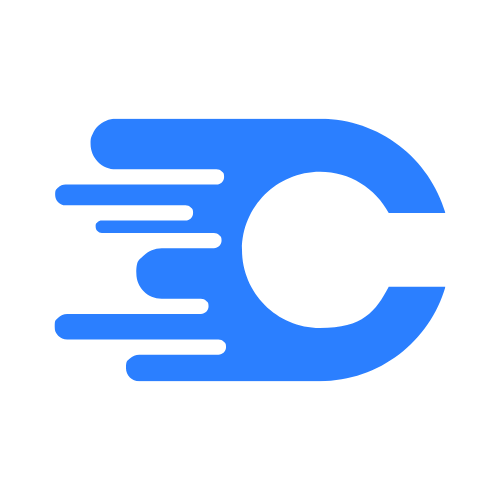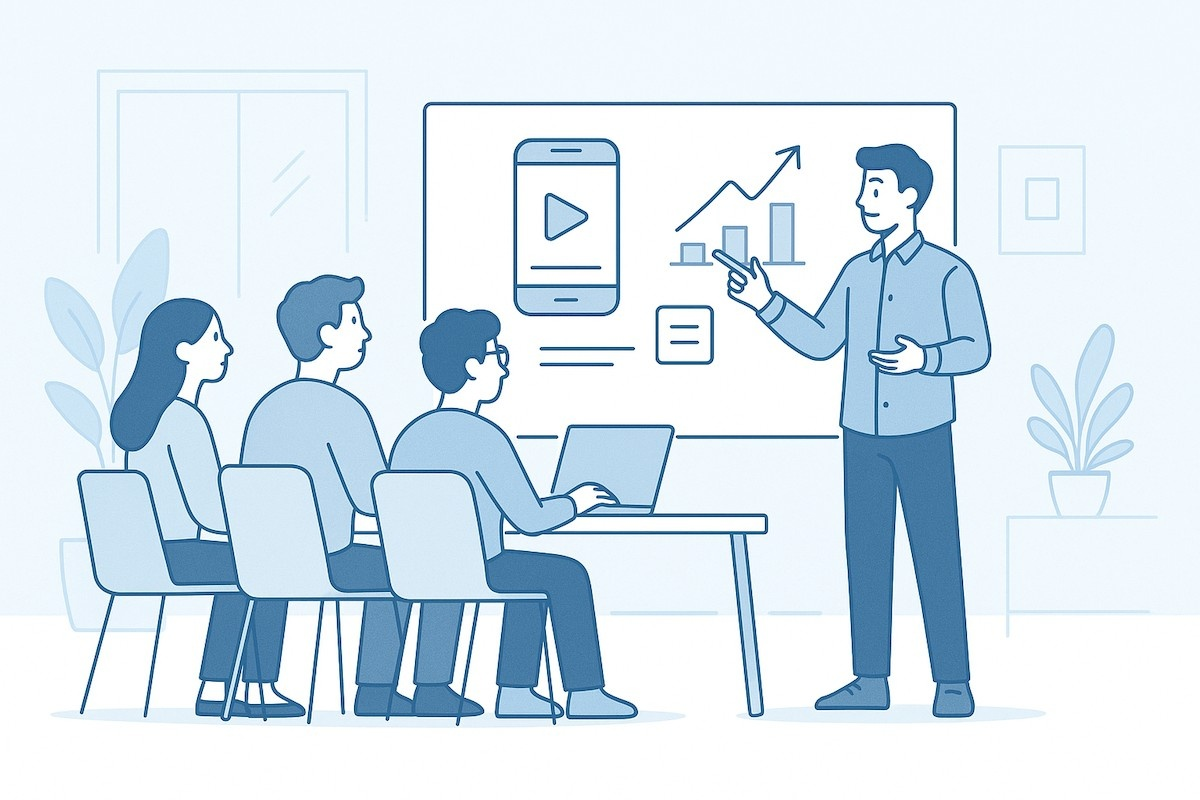If you're a startup founder or aspiring entrepreneur, understanding the concept of a Minimum Viable Product (MVP) is not just useful—it's essential. In a world where startup failure rates are high and attention spans are short, launching your idea as quickly and efficiently as possible gives you the edge to validate early and build with confidence.
This guide walks through exactly what an MVP is, why it's so important in today's startup environment, and how you can build one without overcomplicating things. You'll also read a real example (“FitSnap") to ground the concept and see how it works in practice.
💡 What Does MVP Really Mean?
An MVP, or Minimum Viable Product, is a working version of your product that includes only the most essential features required to solve your user's core problem. It is not your final product, nor should it include every feature from your wishlist. Instead, it's a focused, streamlined version that delivers value to early users and helps you collect feedback.
The MVP concept comes from lean startup methodology and emphasizes fast iteration, market validation, and minimizing risk. If your full product vision is a house, your MVP is four walls and a roof. It won't have the patio, garden, or hardwood floors, but it protects you from the rain—and that's enough to learn if people even want to move in.
🎯 Why Build an MVP?
The core purpose of an MVP is to test your idea in the real world—as quickly and cheaply as possible. It's your way of asking the market, "Does anyone actually want this?" and getting a clear, data-backed answer.
Building a full product without validation is risky. You might spend six months (or more) developing something no one uses. An MVP helps reduce this risk dramatically. It allows you to gather feedback from real users, improve your product based on that feedback, and build momentum while staying lean.
🧪 A Real Example: The Story of FitSnap
Let's say you want to build FitSnap, a fitness coaching app that connects users with personal trainers for custom workout plans. You envision features like:
- User profiles
- Trainer ratings and reviews
- In-app video calls
- Progress tracking
- Nutrition plans
- AI workout suggestions
- Chat, calendar, payments, and gamification...
If you try to build all of this at once, it could take 6–8 months, cost over $50,000, and burn you out before launch.
So instead, you decide to start with an MVP.
The MVP Version of FitSnap Includes:
- A landing page to describe the value proposition
- A signup form for users to request a custom workout plan
- A backend admin panel for trainers to upload a simple PDF routine
- Delivery of those plans via email
That's it. There's no app store release, no real-time video chat, and no complex backend. Just a flow that connects user → trainer → result.
This version could be built in 2–3 weeks for under $5,000. Most importantly, it allows you to test:
- Do users want personalized fitness plans?
- Will trainers onboard and participate?
- Will users return week after week?
If this test works, you now have real validation. You can expand the app confidently with a clear roadmap backed by user data.
📈 What Makes a Good MVP?
A good MVP should be:
- Usable: It needs to solve the problem completely, even if simply
- Simple: Focused only on the core outcome
- Testable: You must be able to gather feedback or usage data
- Flexible: Designed in a way that supports future changes and scaling
Many founders fall into the trap of adding "just one more feature." Avoid this. Stay focused on launching a minimal version and validating before adding more complexity.
🧠 MVP vs Prototype vs Full Product
| Stage | Functionality | Used For |
|---|---|---|
| Prototype | ❌ No | Internal validation, pitching |
| MVP | ✅ Yes | Testing with real users |
| Full Product | ✅✅✅ Full | Scale, growth, and monetization |
Prototypes are great for internal clarity or investor decks. But if you want to learn what users truly need, you must build and ship something real—and that's your MVP.
📦 When Is Your MVP Ready?
You don't need polish, but you do need functionality. Your MVP is ready when:
- Users can complete the main task without blockers
- It works end-to-end (even if it's simple)
- You can gather real feedback or behavioral data
If those boxes are checked, launch it. The feedback loop starts now.
🧰 How We Help Founders at CraftMVP
At CraftMVP, we help founders turn startup ideas into working MVPs in just 2 weeks. We handle both design and development, and we stay laser-focused on shipping a product that's lean, usable, and testable.
Our process:
- Discovery Call – Understand your vision, target user, and the core problem
- Scoping – Define the minimal feature set required for a valuable MVP
- Design + Development – We build the app with modern, scalable tech
- Delivery – You receive a live, working MVP with full access to code, admin, and database
All of this is done for a flat price of $4,500.
✅ Final Thoughts
MVPs are not shortcuts—they're smart, intentional strategies for product development. They help reduce risk, increase speed, and give you confidence that you're building something the market actually needs.
If you've been waiting to build your product until everything is perfect, stop waiting.
Start simple. Launch quickly. Learn from real users. Then iterate from there.
Need help getting started? Let's talk.


